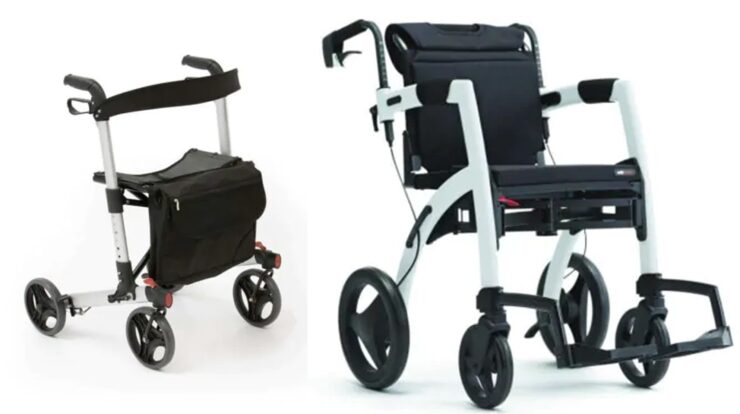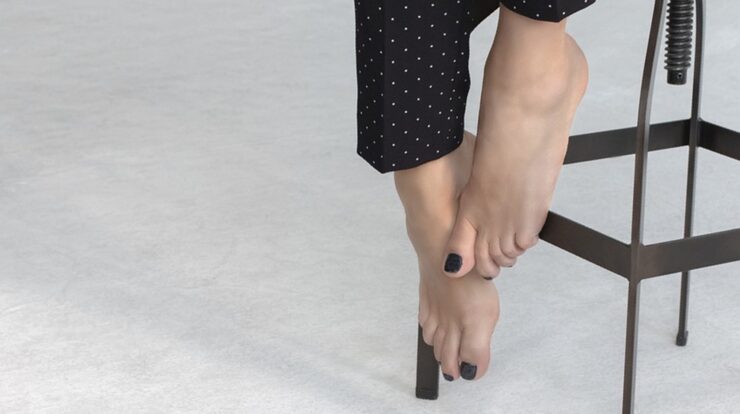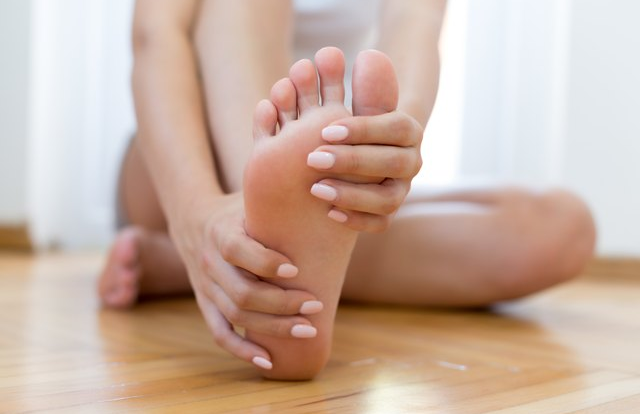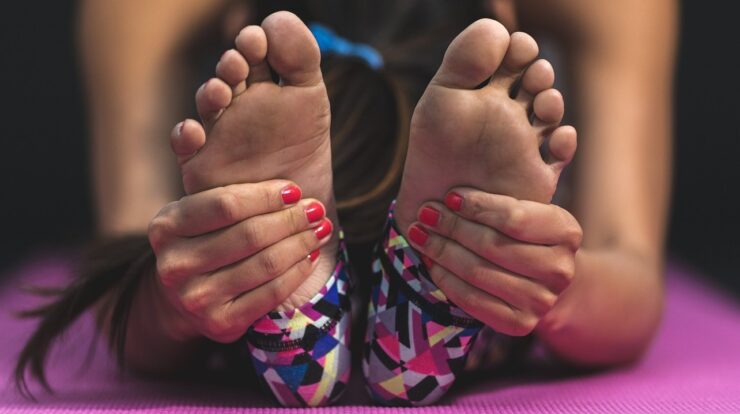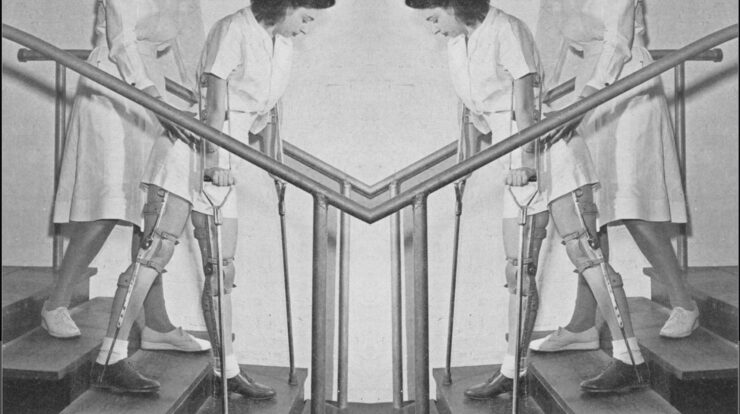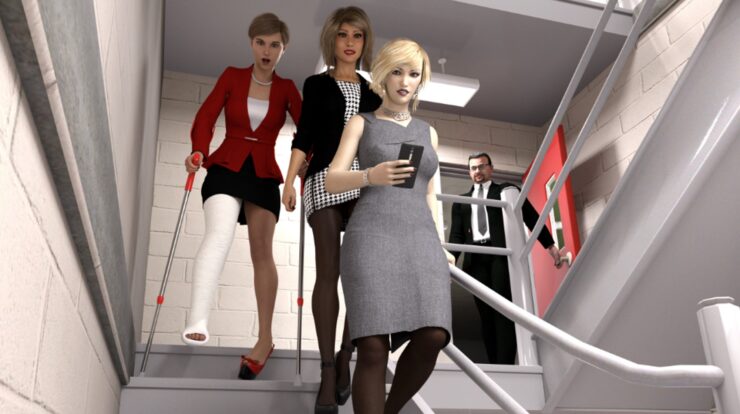
Using crutches can be a challenging experience, especially when navigating stairs. Mastering stair use on crutches is essential for mobility and safety during recovery. Whether you’re using crutches for a leg injury, surgery, or a long-term condition, understanding proper techniques can reduce the risk of falls and build confidence.
Here’s a little guide on how to use crutches on stairs safely and effectively.
1. Safety First: Preparing to Use Crutches on Stairs
Before attempting stairs, make sure you’re comfortable using crutches on flat surfaces. Here are a few preparatory tips:
- Use appropriate footwear to avoid slipping, such as shoes with non-skid soles.
- Avoid loose clothing that might catch on the crutches or stairs.
- Practice balance and stability with your crutches on flat ground before tackling stairs.
- If a handrail is available, use it. Having additional support on one side can make a significant difference.
2. Ascending the Stairs (Going Up)
When going up stairs with crutches, the key is to move your strong leg first. Remember the phrase, “up with the good, down with the bad” to guide your movements.
With a Handrail
If you have a handrail available:
- Hold both crutches in one hand on the side opposite the railing, allowing you to hold the handrail with your free hand.
- Step up with your uninjured (strong) leg first, ensuring it’s stable on the step above.
- Bring your injured leg up to the same step while keeping your crutches planted on the lower step.
- Finally, move the crutches up to the next step, ready for the next movement.
Repeat this sequence until you reach the top of the stairs.
Without a Handrail
If no handrail is available:
- Position your crutches on the step you’re currently on.
- Step up with your strong leg first, stabilizing yourself before moving.
- Bring your injured leg up, keeping the crutches steady on the lower step until you’re ready to move them.
- Lift the crutches up to the current step.
This method takes more balance and concentration, so move carefully and avoid rushing.
3. Descending the Stairs (Going Down)
When going down stairs, remember to lead with your crutches and injured leg. This technique helps you maintain balance and control.
With a Handrail
When using a handrail:
- Hold both crutches on the side opposite the railing for balance.
- Place both crutches and your injured leg down on the step below.
- Once the crutches and injured leg are stable on the step below, bring your strong leg down to join them.
This sequence keeps the weight on your strong leg until you’re ready to shift onto the next step.
Without a Handrail
If there’s no handrail:
- Place both crutches on the step below, and move your injured leg down to the same step.
- Step down with your strong leg, stabilizing it on the step below before shifting your weight.
Without a handrail, descending stairs can be more demanding, so take each step slowly.
4. Practice Techniques: Stair-Climbing Exercises for Confidence
Mastering stairs with crutches often requires practice and patience. Try these techniques to improve balance:
- Practice stepping on a single stair until you feel comfortable moving one leg at a time.
- Work on balance drills on flat ground with one leg lifted. These help build strength in your strong leg, preparing it for weight-bearing on stairs.
- Use a mirror to watch your form or ask a friend to observe and provide feedback. Keeping your body aligned can help avoid unnecessary strain.
5. Seek Assistance When Needed
If you’re new to using crutches on stairs or feel unsure, ask for help from a friend, family member, or physical therapist. They can support you from behind, guiding your movements and providing extra stability.
Tips for Safe Crutch Use on Stairs
- Take your time – Rushing increases the risk of falls.
- Don’t lean too far forward or backwards; maintain a centred balance.
- Keep crutch tips clean and dry – Wet or dirty tips may slip on smooth surfaces.
- Avoid distractions – Focus on each step and avoid looking around or carrying items while on the stairs.
- Stop if you feel unsteady – Rest on the current step and take a few deep breaths before continuing.
When to Avoid Stairs on Crutches
In certain situations, it may be safer to avoid stairs entirely:
- After surgery – Especially if advised by a doctor, as strain may slow recovery.
- Severe pain or swelling – Both can make it difficult to balance.
- Fatigue or dizziness – Always prioritize safety and rest if you’re feeling tired.
For those with limited mobility, check if temporary alternatives like ramps or stairlifts are available.
Conclusion
Using crutches on stairs can be daunting, but with practice and patience, you can develop the skills to navigate stairs safely. Remember, safety comes first. Rely on your stronger leg to lead up and follow down, keep your balance centred, and use a handrail if available. By following these steps, you’ll improve your mobility, reduce your risk of injury, and confidently manage stairs during your recovery.

